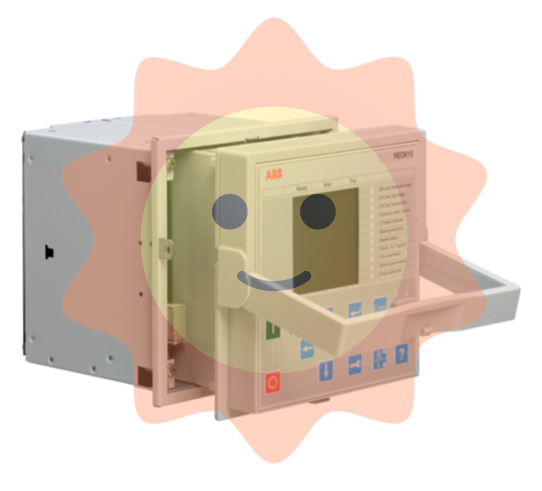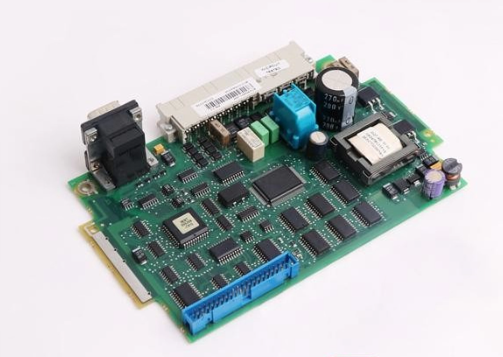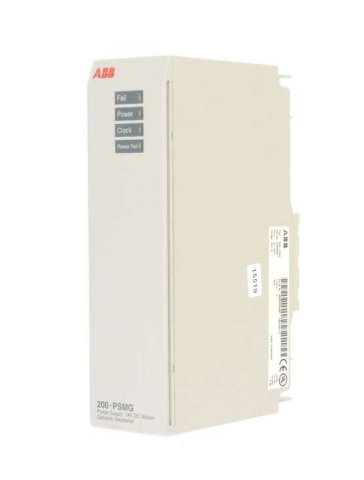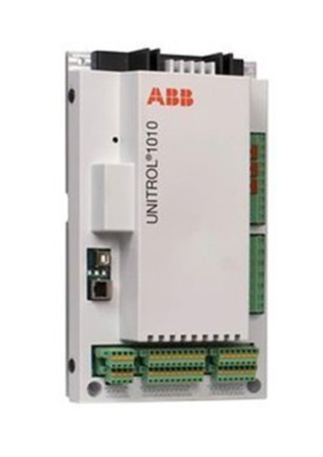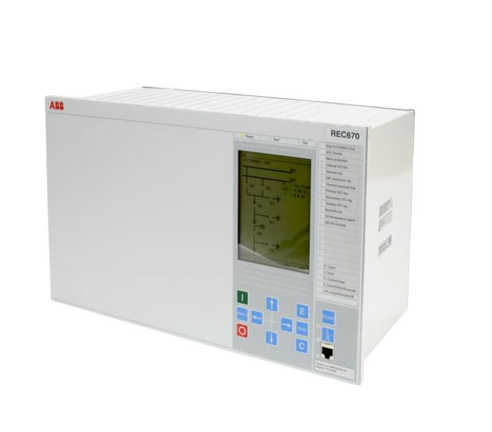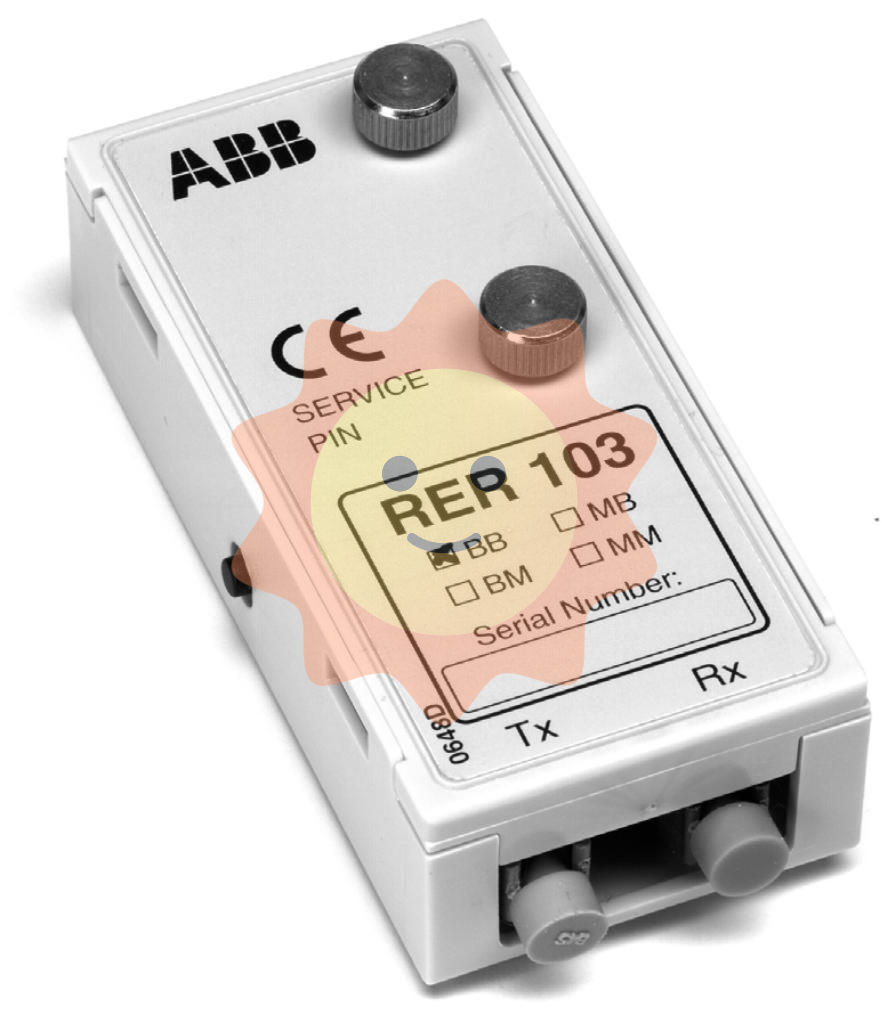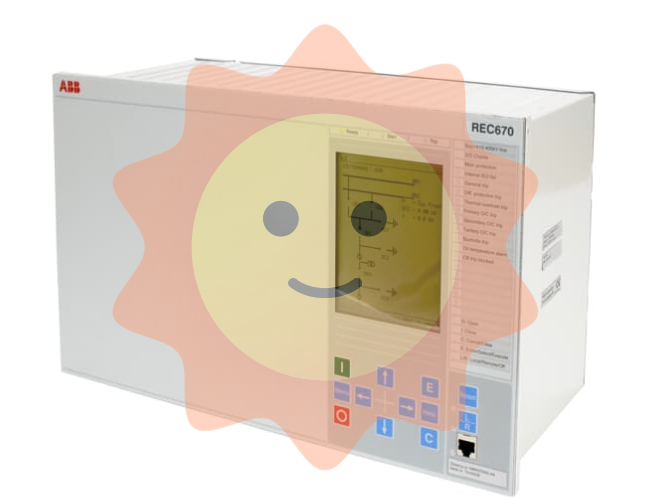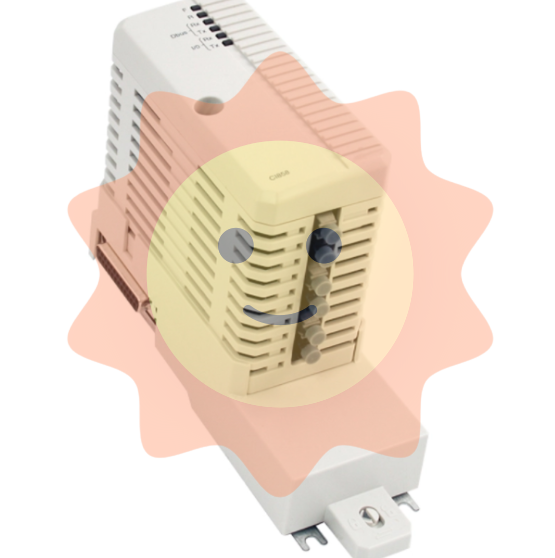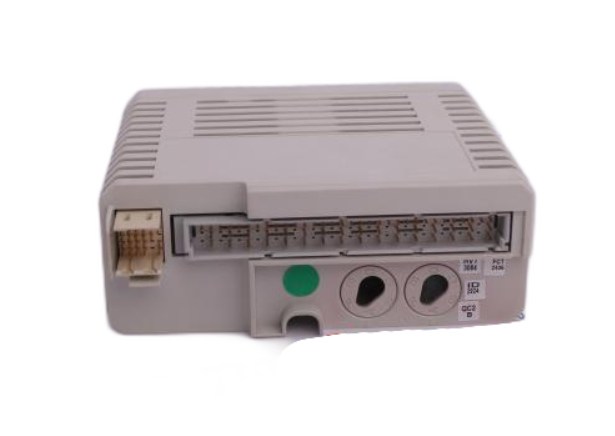Watlow Series 965 Controller
4-20mA process output (output 1, model 965A-3F-00): terminal 9 is connected to the positive pole, terminal 10 is connected to the negative pole, and the maximum load is 800 Ω. It can be used to drive valves, recorders, and other equipment.
Typical heating control system wiring example: Controller terminals 11/12 are connected to a 120V AC power supply, terminals 3/5 are connected to a J-type thermocouple, terminals 10/1 are connected to a solid-state relay (SSR) control terminal, and the SSR output terminal is connected to a heater and a 240V AC power supply. At the same time, a Series 92 limit controller (terminals 13/14) is connected in series to achieve over temperature protection, and terminal 7 is connected to an alarm light (which lights up when a high temperature alarm is triggered).
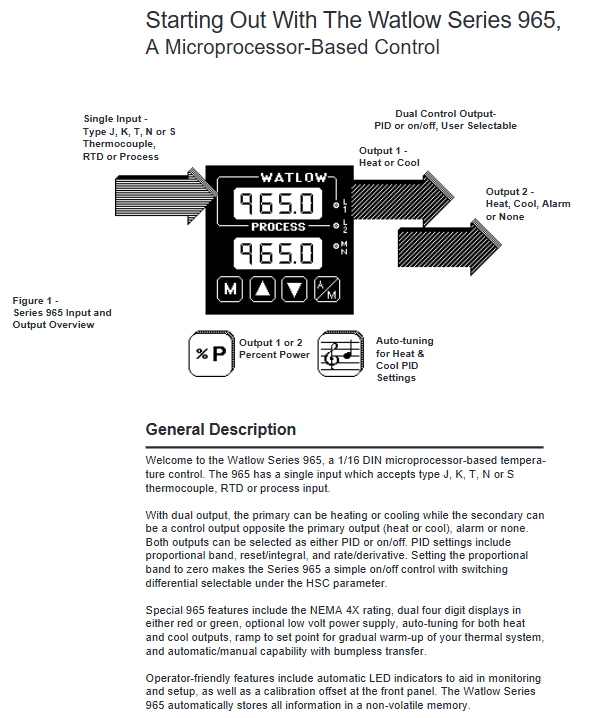
Operation interface and menu configuration
(1) Button and display functions
Key definition
MODE key: Switch operation menu parameters. In automatic mode, if there is no operation for 5 seconds, the parameter change will be automatically confirmed.
Up and down arrow keys: Adjust parameter values (short press to increase or decrease by 1, long press to quickly increase or decrease), while long press for 3 seconds to enter the settings menu, continue long press to enter the calibration menu.
A/M key: Short press to clear the lock alarm, press twice continuously within 2 seconds to switch between automatic/manual mode. In manual mode, the lower screen displays the output power (-100% to 100%).
Display screen and indicator lights
Upper screen: Red/green 4-digit LED, displaying process value (PV), parameter value or error code (such as "----" indicating sensor failure).
Lower screen: red/green 4-digit LED, displaying set value (SP), parameter name (such as "LOC" "Pb1"), alarm information ("LO" "HI") or error code (such as "Er7").
Indicator lights: L1 (red) on indicates output 1 activation, L2 (red) on indicates output 2 activation, MN (green) on indicates manual mode, flashing indicates pending mode switch.
(2) Core menu configuration
1. Setup Menu
Entry method: Simultaneously press and hold the up and down arrow keys for 3 seconds, the lower screen will display "LOC", and the upper screen will display the current lock level. The main parameters are as follows:
Parameter Function Range Default Values Precautions
LOC operation permission lock 0-4 0 level: full permission; Level 4: Only view PV/SP, non adjustable
In the input type selection J/K/t/n/S/rtd/rt.d/0-5/420 J, it needs to be consistent with the internal DIP switch (DIP switch is located on the left side of the chassis, view from the bottom)
Temperature unit C/F F (US mode)/C (SI mode) displayed only when input as thermocouple/RTD
The upper and lower limits of the rL/rH range, where rL<rH, depend on the input type. When the input type defaults to the range process signal, rL corresponds to 0V/4mA, and rH corresponds to 5V/20mA
Ot1 output 1 function ht (heating)/CL (cooling) ht heating is the reactive effect (output activated when PV<SP), cooling is the positive effect
Ot2 output 2 function Con/PrA/Pr/dEA/dE/no Con Con: opposite function to output 1; PrA: with display process alarm
HSC switch control hysteresis of 1-99/0.1-9.9/0.01-0.99 3 (° F)/2 (° C) takes effect when Pb1=0, avoiding frequent output switching
RP slope function Str/On/OFF Str: only heats up during startup; On: Setting value changes also increase temperature
Display when rt slope rate 0-9999 100 (°/hour) rP ≠ OFF
2. Operation Menu
Entry method: Press the MODE key to switch, the main parameters are as follows:
Parameter Function Range Default Values Precautions
SP control set value rL-RH 75 (° F)/24 (° C) displays the target set value in ramp mode, and the actual value gradually approaches
Pb1/Pb2 ratio with 0-999 (° F/° C/unit)/0-0999.9% (span) 25 (° F)/3% (span) Pb1=0 is switch controlled, Pb2 is only displayed when Ot2=Con
RE1/It1 integral (reset) rE1: 0.00-99.9 (times/minute); It1: 0.0-99.9 (minutes/time) 0.00 Eliminate static deviation between PV and SP, excessive deviation can easily lead to oscillation
RA1/dE1 differential (rate) 0.00-9.99 (minutes) 0.00 suppresses overshoot, which can lead to slow response if it is too large
Ct1/Ct2 cycle time 0.1-999.9 (seconds) 5.0 Mechanical relays are recommended to last for 5-60 seconds, while solid-state relays can last for 0.1-5 seconds
ALO/AHI alarm upper and lower limits ALO < AHI, according to the alarm type, the deviation alarm of -999/999 is the offset relative to SP (e.g.+5 represents SP+5)
AUt self-tuning 0 (off)/1 (slow)/2 (medium)/3 (fast) 0. After starting, the Lower screen alternately displays "At", and automatically resets to 0 after completion
3. Calibration Menu
Entry method: Starting from the LOC parameter in the settings menu, continue to press and hold the up and down arrow keys simultaneously. The lower screen will display "CAL" and the upper screen will display "no". Press the up arrow key to change to "YES" and then press the MODE key to enter. Main functions:
Input calibration: For two-point calibration of thermocouples (input 0.00mV, 50.00mV), RTDs (input 44.01 Ω, 255.42 Ω), and process signals (0.000V/4.00mA, 5.000V/20.00mA), a precision signal source is required.
- EMERSON
- Honeywell
- CTI
- Rolls-Royce
- General Electric
- Woodward
- Yaskawa
- xYCOM
- Motorola
- Siemens
- Rockwell
- ABB
- B&R
- HIMA
- Construction site
- electricity
- Automobile market
- PLC
- DCS
- Motor drivers
- VSD
- Implications
- cement
- CO2
- CEM
- methane
- Artificial intelligence
- Titanic
- Solar energy
- Hydrogen fuel cell
- Hydrogen and fuel cells
- Hydrogen and oxygen fuel cells
- tyre
- Chemical fiber
- dynamo
- corpuscle
- Pulp and paper
- printing
- fossil
- FANUC
- Food and beverage
- Life science
- Sewage treatment
- Personal care
- electricity
- boats
- infrastructure
- Automobile industry
- metallurgy
- Nuclear power generation
- Geothermal power generation
- Water and wastewater
- Infrastructure construction
- Mine hazard
- steel
- papermaking
- Natural gas industry
- Infrastructure construction
- Power and energy
- Rubber and plastic
- Renewable energy
- pharmacy
- mining
- Plastic industry
- Schneider
- Kongsberg
- NI
- Wind energy
- International petroleum
- International new energy network
- gas
- WATLOW
- ProSoft
- SEW
- wind
- ADVANCED
- Reliance
- YOKOGAWA
- TRICONEX
- FOXBORO
- METSO
- MAN
- Advantest
- ADVANCED
- ALSTOM
- Control Wave
- AB
- AMAT
- STUDER
- KONGSBERG
- MOTOROLA
- DANAHER MOTION
- Bently
- Galil
- EATON
- MOLEX
- Triconex
- DEIF
- B&W
- ZYGO
- Aerotech
- DANFOSS
- KOLLMORGEN
- Beijer
- Endress+Hauser
- MOOG
- KB
- Moxa
- Rexroth
- YAMAHA


Email:wang@kongjiangauto.com





























































































